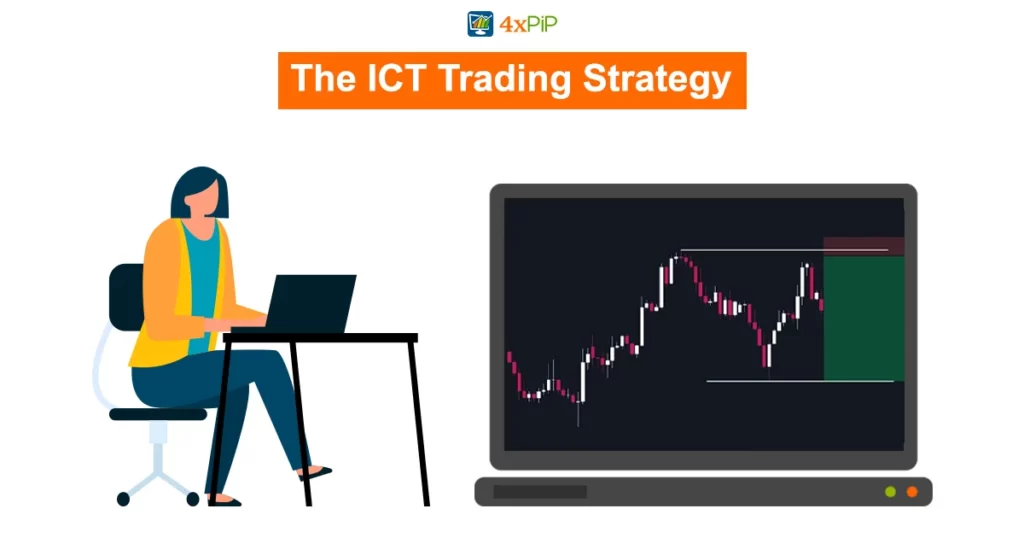Are you interested in learning the Inner Circle Trader (ICT) Trading Strategy? Discover the secrets of the market and institutional trading with insights from Michael J. Huddleston. This guide covers important ICT concepts and strategies for both swing trading and day trading. Improve your trading skills with expert guidance from 4xPip.
What is the ICT Trading Strategy?
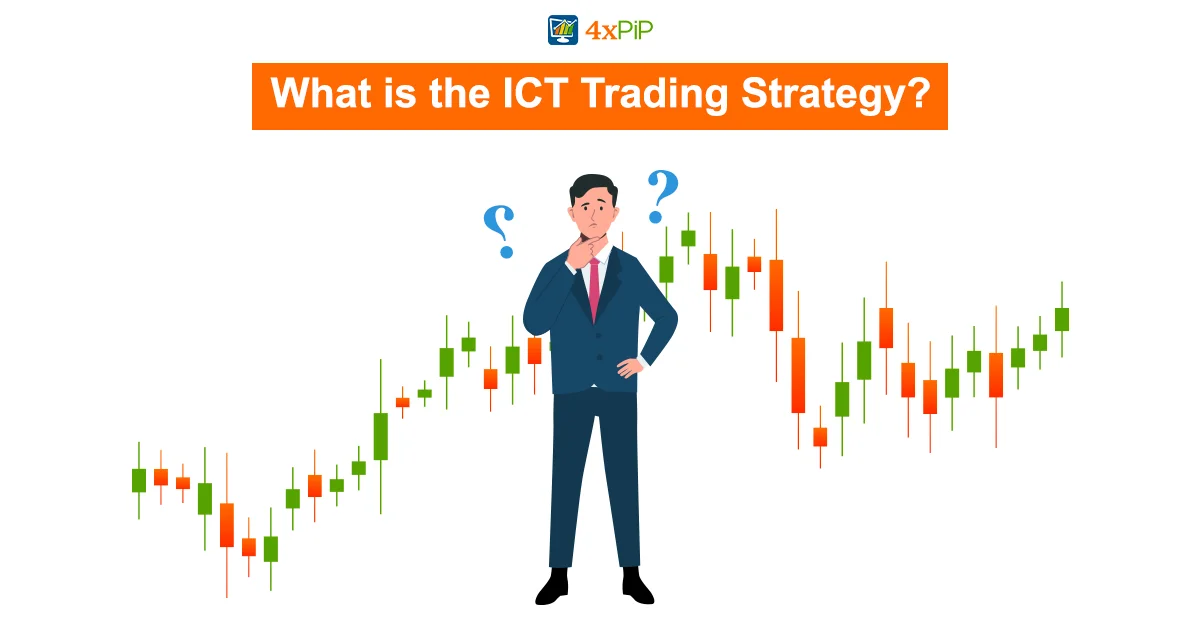
The Inner Circle Trader (ICT) Trading Strategy is a way of trading that looks at how the market is structured. What makes it special is that it helps you understand how big institutional traders act. This can help regular traders avoid common mistakes that lead to unexpected losses.
The strategy is based on understanding how the market works. In finance, big players often gather a lot of orders before making big price moves. This is especially true in forex trading, where central banks can influence the market. During this gathering phase, prices usually move within a certain range, sometimes breaking short-term support and resistance levels. The key insight from the ICT method is figuring out the exact moment when the big orders start.
To use the ICT Trading Strategy well, traders also need to know how the financial market operates. It runs 24 hours a day, starting with the Asian trading time. This behavior lets traders follow price trends during the day, helping them find good trading opportunities. Later, the London manipulation and New York sessions complete this market cycle.
Many trading strategies are based on the ICT idea, each with its approach. However, focusing on intraday and higher time frame swing trading tends to be more profitable.
In swing trading, traders decide to buy or sell by looking at the order flow on the weekly chart. This analysis helps find the best trading positions, often within the daily or H4 order blocks.
On the other hand, the intraday approach uses insights from understanding market sentiment and timing. This helps traders find the best entry points after the completion of London manipulation.
Key ICT Concepts:
The ICT trading method has important ideas that traders need to know to trade this way. In the next sections, we’ll talk about the main points and explain how to use these ideas.
liquidity:

In trading, liquidity is an important concept. There are two types: buy-side and sell-side. Buy-side is where short sellers have their stops, and the sell-side is where long-biased traders place their stops. These levels are often near extremes on the chart, where traders admit they were wrong and want to exit.
‘Smart money’ players know this and often gather or distribute positions near these stop levels. The plenty of stops at key levels allows big players to make the most of their positions. After breaking through a level with many stops, the price often reverses and goes the other way, seeking liquidity at the opposite extreme.
Displacement:
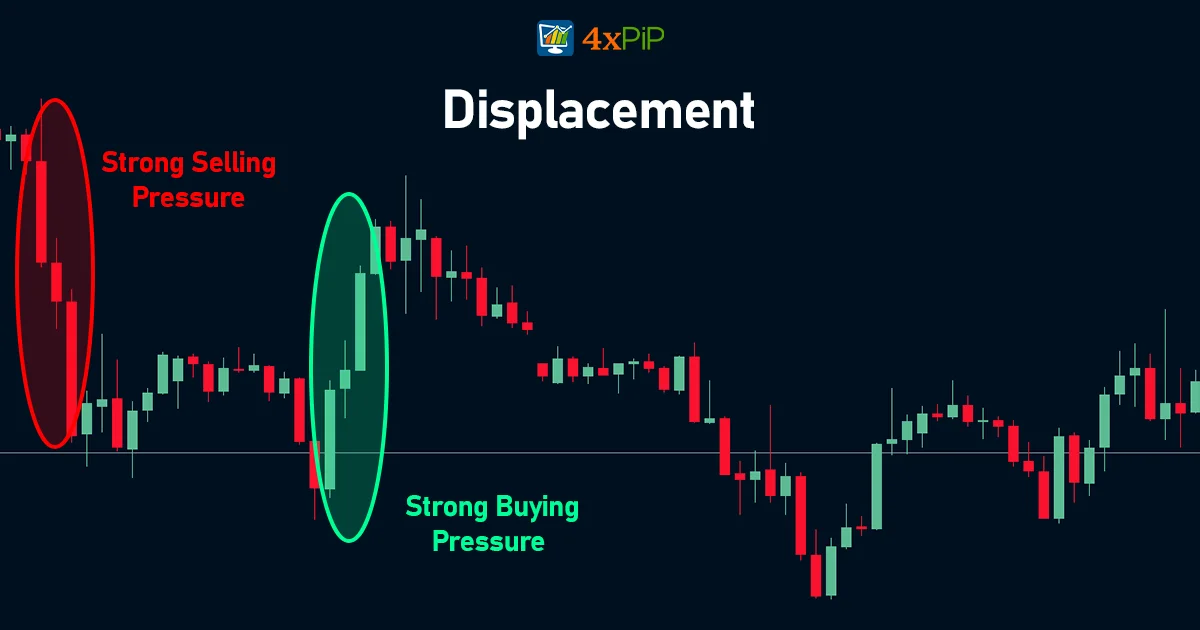
Displacement means a sudden and strong change in price, either going up or down. On a price chart, it looks like a series of long candles in a row, all going in the same direction with short wicks.
When it comes to ICT (Inner Circle Trader), two important things to know about Displacement are:
It usually shows a sudden increase in buying or selling pressure, especially when the price hits a Liquidity level.
Almost always, Displacement leads to two important things happening: a change in Market Structure and a gap in Fair Value.
Market Structure Shift:
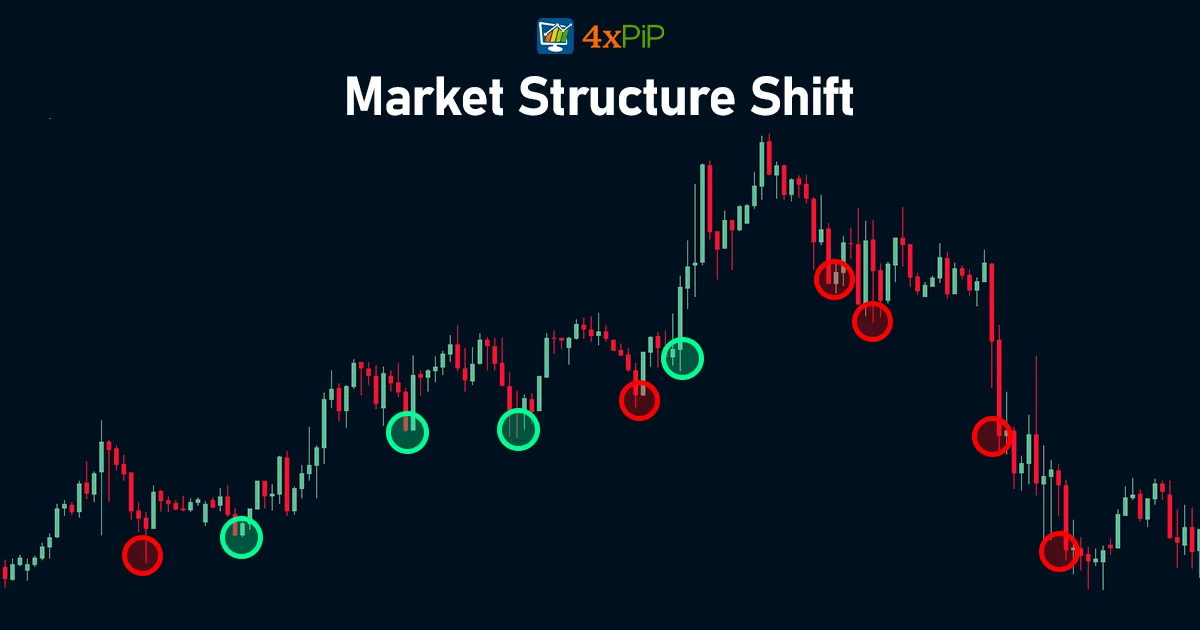
In trading, when prices are going up, it’s called an uptrend. The price makes higher highs and higher lows. When prices are going down, it’s a downtrend, with lower highs and lower lows. A market structure shift happens when the trend changes.
If the price increases, the shift level is where a lower low occurs. If it’s going down, the shift level is where a higher high happens. These shifts usually happen after a significant move.
Inducement:
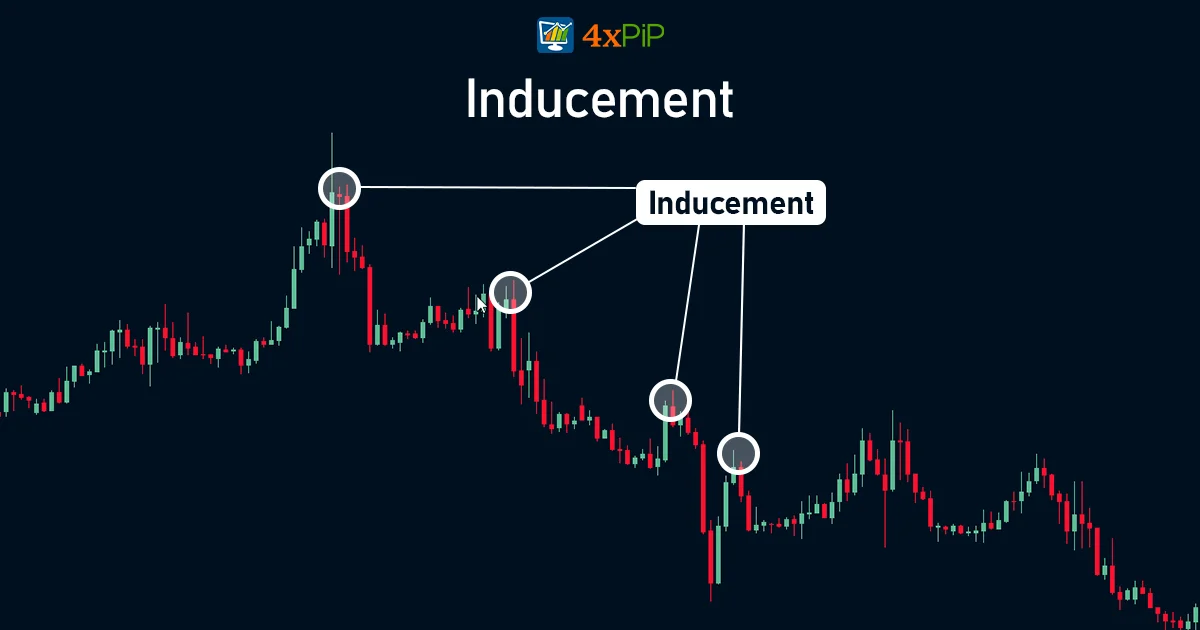
Prices don’t always go straight up or down. In a bigger trend, there are usually smaller movements in the opposite direction. These movements happen because traders are buying or selling in the short term. The price might go up, bounce back, or get rejected before it continues in the original direction. Inducement is when traders target these short-term highs or lows where others have placed their stops.
In simple terms, when a lot of traders have placed their stops in one place, that’s where the money is. If the price hits those stops, it can keep moving in the same direction. For people who use chart patterns, Inducement shows up when bull and bear flags are forming.
Fair Value Gap(FVG):

When traders see a Liquidity level break and the market changes direction, they notice a gap on their charts. This gap is called a Fair Value Gap by ICT traders. It’s made up of three candles, with a big one in the middle and a gap between its wicks and the nearby candles.
ICT traders believe that Fair Value Gaps usually get filled later on. They use this idea to decide where to place their orders.
Optimal Trade Entry:
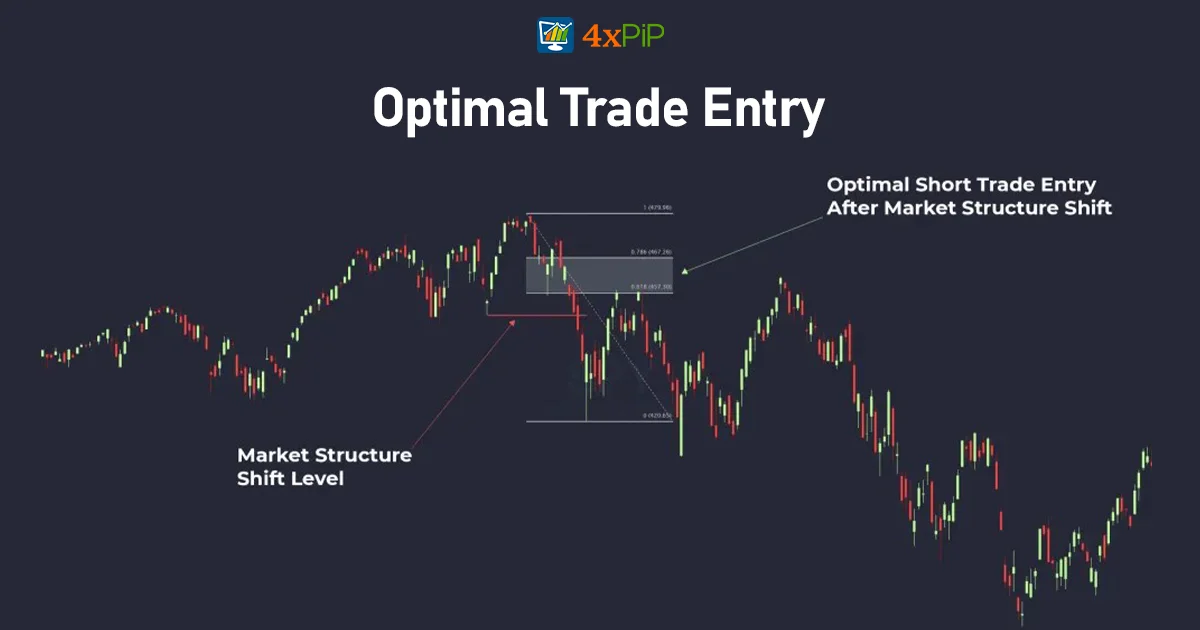
Optimal Trade Entries are the best points to start a trade. You can find them using the Fibonacci drawing tool. Usually, the best entry is between the 61.8% and 78.6% retracement of a price move.
When a market structure changes and a new price movement starts, the bounce that comes after it can be a good chance to enter a trade. The Fibonacci levels help figure out where to take that trade.
Balanced Price Range:
A Balanced Price Range happens when prices move back and forth between two Fair Value Gaps. These gaps are created by opposite price movements that occur quickly. In this range, prices go up and down, testing both high and low points. Traders who use Information and Communication Technology (ICT) take advantage of this volatility. They expect that once the price goes beyond the limits of the Balanced Price Range, it will likely go back to its original trend.
Conclusion:
The ICT Trading Strategy is a helpful guide for traders looking to understand the ins and outs of the market. With insights from Michael J. Huddleston and a thorough exploration of key ICT concepts, this strategy is a useful tool for dealing with the complexities of trading. Whether you prefer swing trading or intraday trading, combining the ICT method with 4xPip’s expertise can help you make smart decisions and find profitable opportunities. Follow the advice in this guide to improve your trading skills and succeed in the ever-changing financial markets. Count on 4xPip for valuable resources and expert guidance as you work towards becoming a skilled and strategic trader.
FAQs
What is the ICT Trading Strategy?
The ICT Trading Strategy focuses on understanding market structure and the behavior of institutional traders. Learn how it helps avoid common trading mistakes.
How can beginners benefit from the ICT method?
Beginners can easily grasp the ICT Trading Strategy through free resources shared by Michael J. Huddleston on platforms like YouTube. It’s a valuable starting point.
What role does market timing play in the ICT approach?
The ICT strategy emphasizes understanding the 24-hour financial market cycle, including the Asian, London, and New York sessions, crucial for identifying trading opportunities.
Why is liquidity essential in trading, and how does it relate to ICT?
Liquidity is vital, with buy-side and sell-side levels influencing market movements. Discover how ‘smart money’ utilizes liquidity levels for strategic trading.
What is displacement in ICT, and how does it impact market structure?
Displacement, sudden price changes, signals increased buying or selling pressure, leading to shifts in market structure and gaps in fair value.
Explain the concept of market structure shift in trading.
Market structure shifts occur when an uptrend turns into a downtrend or vice versa. Traders use shift levels as guides for making informed trading decisions.
What is inducement in trading, and how does it relate to chart patterns?
Inducement involves targeting short-term highs or lows where traders place stops. Learn how it aligns with chart patterns like bull and bear flags.
Define the fair value gap in ICT trading and its significance.
Fair Value Gaps appear after liquidity level breaks, indicating a change in market direction. Discover how traders use these gaps to make strategic decisions.
How can traders find optimal trade entries using the ICT strategy?
Optimal Trade Entries use the Fibonacci tool, typically between 61.8% and 78.6% retracement levels after a market structure change.
What is a balanced price range, and how do traders capitalize on it?
A Balanced Price Range occurs between Fair Value Gaps. Explore how traders leverage this volatility, expecting the price to return to its original trend.


